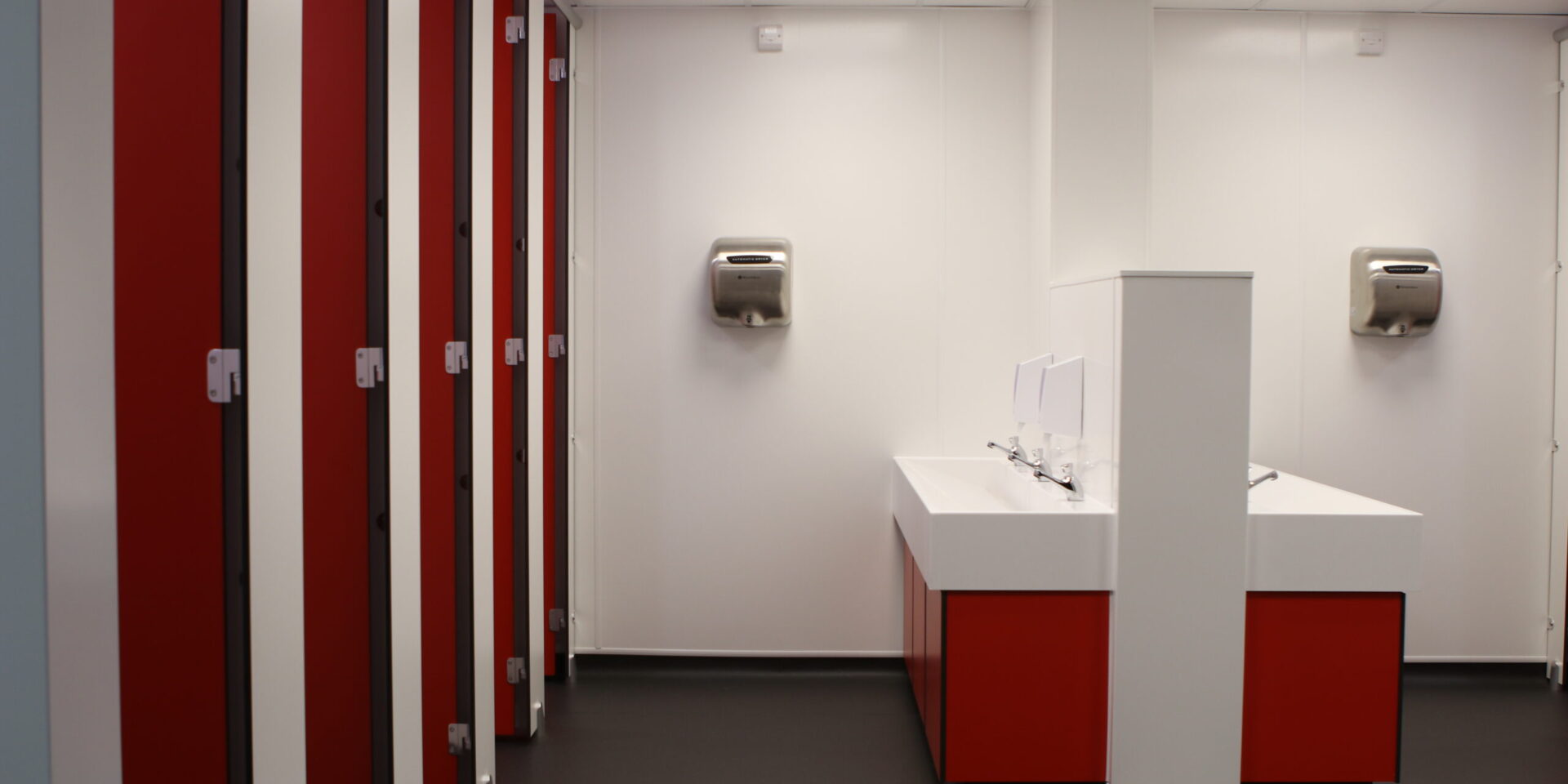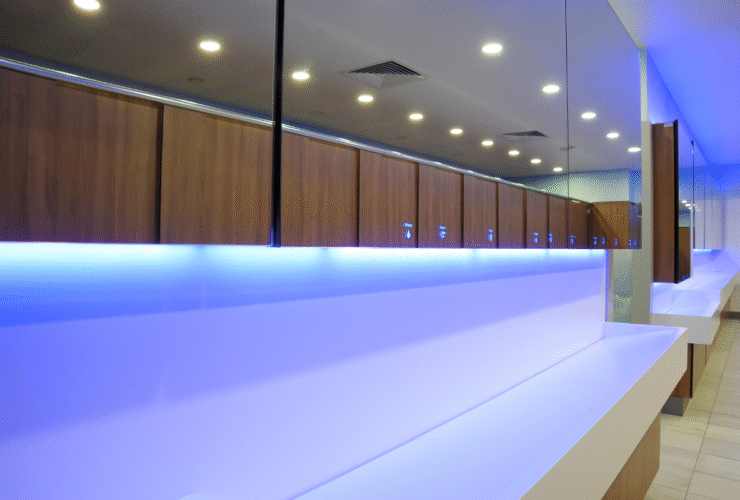Are you aware that the design of an educational washroom can have a significant impact on the health and well-being of students and staff? The truth is, poor design can pose hidden health risks that are often overlooked. In this article, we will unveil the importance of a well-designed educational washroom and shed light on the potential health hazards that can arise from subpar facilities.
From the layout and materials used to the ventilation and hygiene practices, every aspect of the washroom design requires careful consideration. A poorly designed washroom can become a breeding ground for germs and bacteria, contributing to the spread of illnesses and infections among students and staff. Moreover, inadequate lighting, ventilation, and privacy can negatively affect the psychological well-being of individuals using the washroom.
By understanding the hidden health risks associated with poor washroom design, educational institutions can take proactive measures to create outstanding and sanitary facilities. Join us as we delve into the art of designing an outstanding educational washroom, and discover how prioritising proper design can ensure the health and safety of everyone on campus.
Importance of designing an outstanding educational washroom
The design of an educational washroom is crucial to fostering a healthy, safe, and conducive environment for students and staff. An outstanding washroom reflects the values of an institution by prioritising health, hygiene, and overall well-being. It serves as a fundamental aspect of the educational experience, as students often spend significant amounts of time in these facilities throughout their day. By investing in thoughtful design, schools and universities can communicate their commitment to student welfare and create spaces that encourage proper hygiene practices.
Moreover, well-designed washrooms can positively influence students’ attitudes towards cleanliness and personal hygiene. When facilities are aesthetically pleasing, well-maintained, and equipped with essential amenities, users are more likely to adopt good hygiene habits. This, in turn, contributes to a healthier school community by minimizing the transmission of illnesses. The importance of washroom design extends beyond physical health; it also plays a role in forming students’ perceptions of their environment, which can affect their overall academic performance and well-being.
Additionally, designing educational washrooms with a focus on accessibility and inclusivity ensures that all students, including those with disabilities, can utilize these facilities comfortably. An outstanding washroom should accommodate diverse needs, offering features such as grab bars, wider stalls, and appropriate signage. By addressing these considerations, educational institutions not only comply with legal standards but also create a welcoming atmosphere that promotes dignity and respect for every individual.
Impact of poor washroom design on health
Poorly designed educational washrooms can have serious repercussions on the health of students and staff. One of the most significant impacts is the increased risk of spreading infections and illnesses. Inadequate sanitation, overcrowding, and lack of proper maintenance can lead to a build-up of harmful bacteria and viruses within the facility. This environment can become a hotbed for diseases, particularly during flu season or outbreaks of gastrointestinal illnesses, resulting in higher absenteeism and a decline in overall health among the school population.
Furthermore, inadequate ventilation is a prevalent issue in poorly designed washrooms, leading to unpleasant odours and the accumulation of moisture. This can create an environment conducive to mould and mildew growth, which poses additional health risks. Mould exposure can cause respiratory issues, allergic reactions, and other health problems, particularly among sensitive individuals, such as those with asthma or weakened immune systems. Thus, the lack of effective air circulation not only diminishes the user experience but also compromises the health and safety of all facility users.
Lastly, the psychological effects of poor washroom design cannot be overlooked. Dimly lit, cramped, or unclean facilities can increase anxiety and discomfort among users. When students feel uneasy about using washrooms, they may avoid them altogether, which can lead to negative physical health outcomes, such as urinary tract infections or constipation. Fostering a sense of safety and comfort in washroom design is essential for promoting overall wellness, ensuring that students can focus on their education rather than worrying about their basic needs.
Common health risks associated with poor washroom design
The health risks associated with substandard washroom design are multifaceted and can significantly impact the educational environment. One of the most pressing concerns is the risk of the spread of infectious diseases. Bacteria and viruses thrive in unclean environments, making poorly maintained washrooms a breeding ground for harmful pathogens. High-touch surfaces, such as faucet handles, door knobs, and toilet flushes, can harbour germs, leading to the transmission of illnesses like norovirus, influenza, and common colds among students and staff.
In addition to infectious diseases, poor washroom design can also result in physical injuries. For example, slippery floors due to inadequate drainage or spilled liquids can lead to slips and falls. Insufficient space and poor layout can create hazards, making it challenging for users to navigate the facilities safely. Injuries sustained in washrooms can lead to missed school days and added stress for students and staff alike, further impacting their educational experience.
Moreover, the presence of unpleasant odours and inadequate lighting can contribute to a negative psychological atmosphere. Poorly ventilated washrooms can become stuffy and unwelcoming, while dim lighting can create feelings of insecurity and discomfort. These factors discourage proper use of the facilities and can lead to a general sense of unease among students. Addressing these common health risks through thoughtful design is essential for promoting a safe and positive educational environment.
Elements of an outstanding educational washroom design
An outstanding educational washroom design encompasses several key elements that prioritize health, safety, and user experience. First and foremost, cleanliness should be a fundamental aspect of design. High-quality materials that are easy to clean and maintain should be used, such as non-porous surfaces and antimicrobial finishes. Additionally, incorporating touch-free fixtures, like automatic faucets and soap dispensers, can significantly reduce the risk



